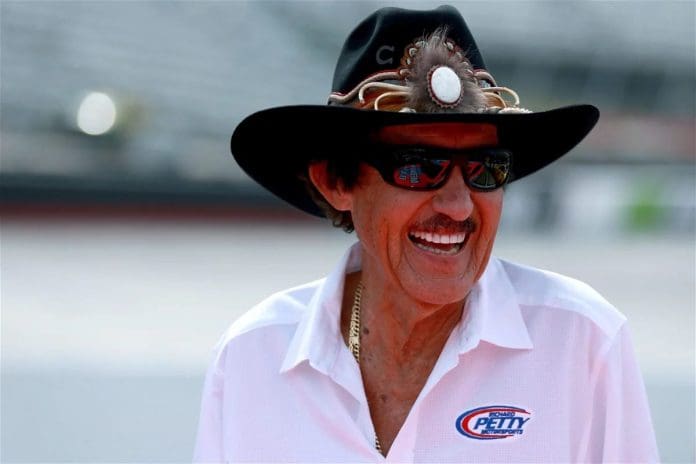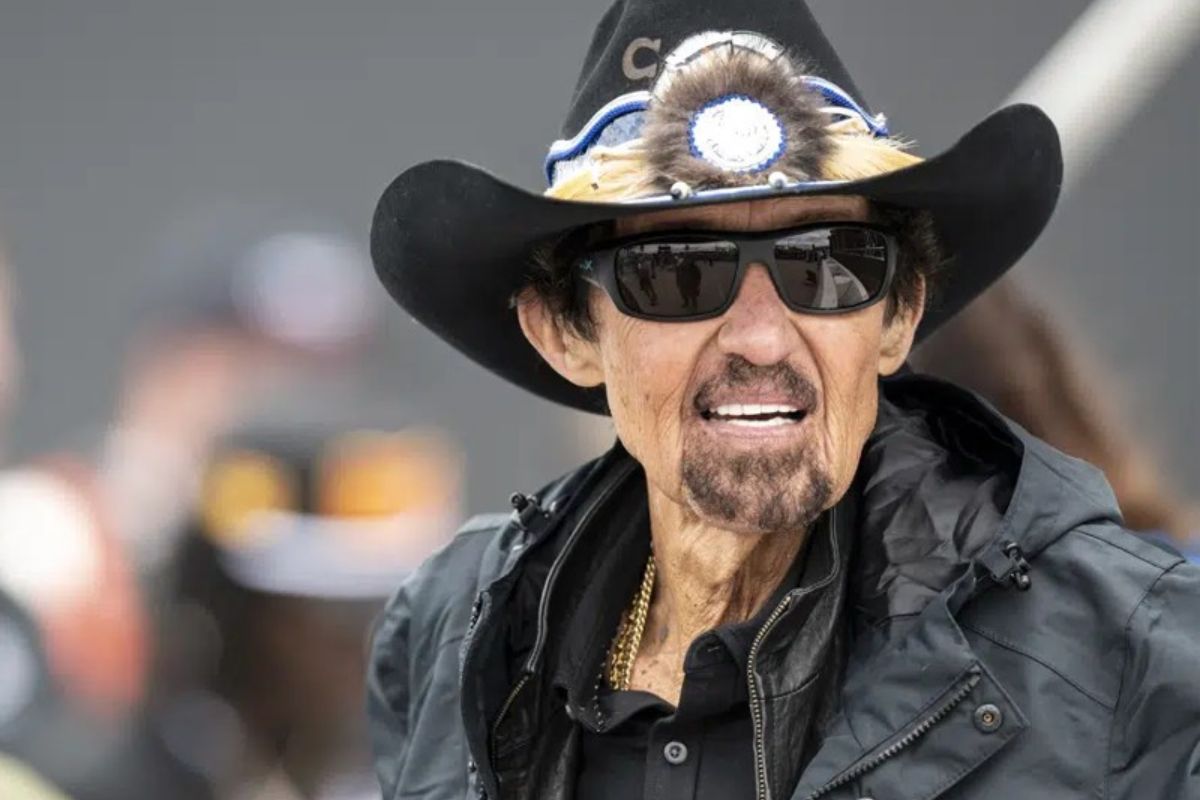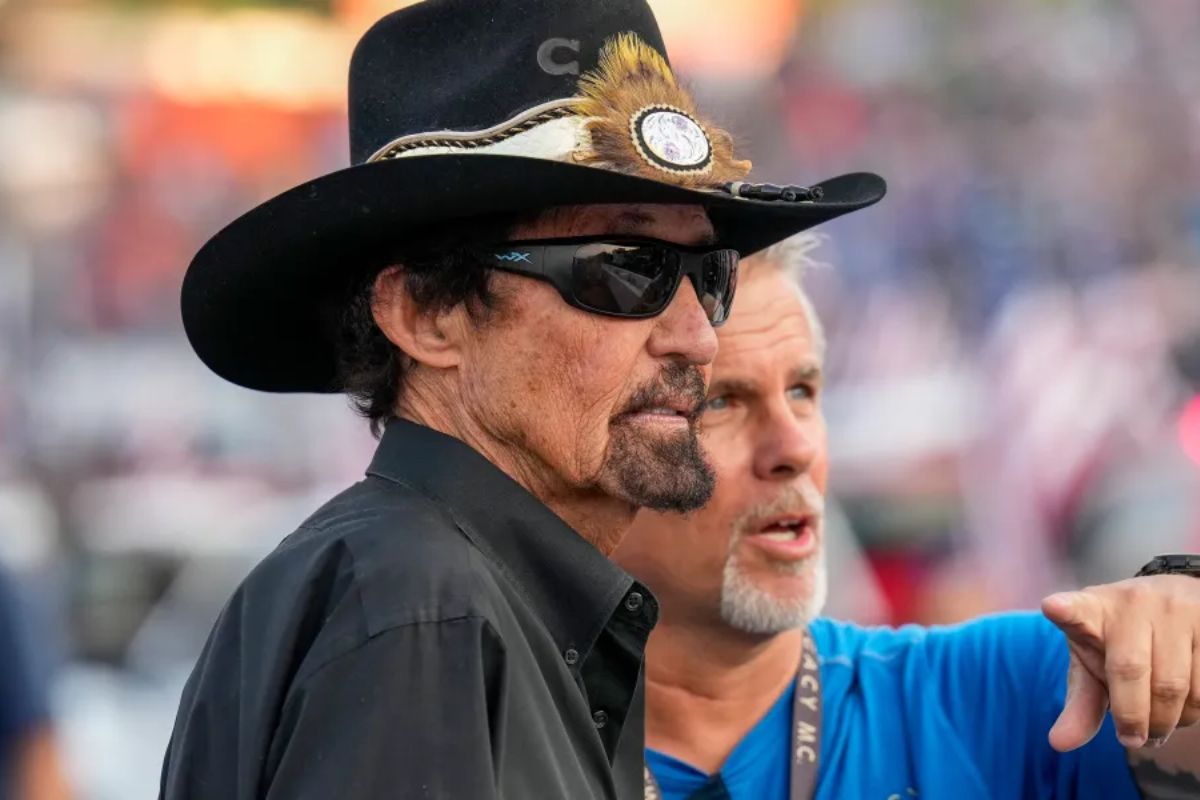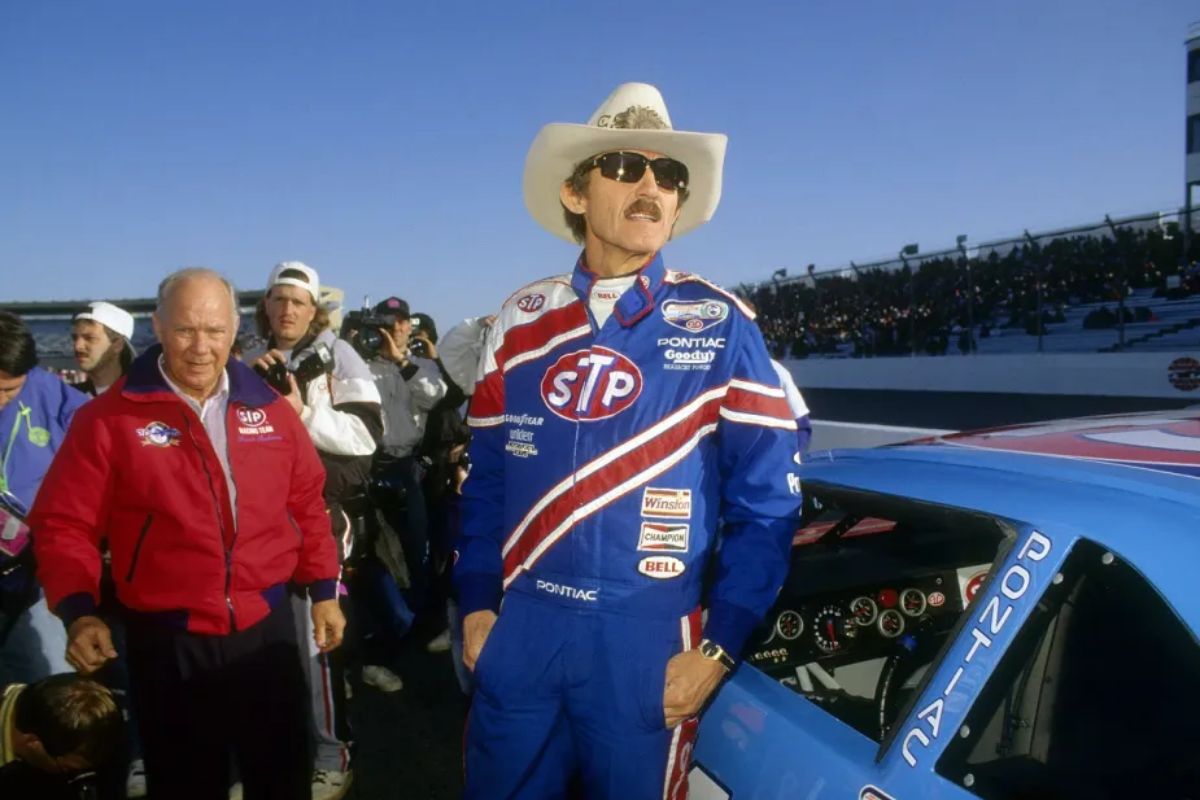Richard Petty Favors New NASCAR Tracks: Richard Petty, a titan in NASCAR, has articulated a compelling rationale for his endorsement of new racetracks: he believes they serve as the great equalizer within the sport. The introduction of unfamiliar tracks, according to Petty, not only democratizes the competition by mitigating the advantage of experience but also intensifies the need for adaptability among seasoned and novice drivers both. His stance suggests that the evolution of driver skill set and team strategy could be greatly influenced by these new environments.
Key Takeaways
- New tracks level the competitive field, allowing raw talent and adaptability to shine.
- Unfamiliar circuits challenge drivers, enhancing the psychological dynamics of racing.
- Petty’s preference for novelty fuels growth and innovation in NASCAR.
- Each new track presents unique challenges that spur strategic and technical advancements.
- Emphasizes quick learning and adaptability as key to mastering new racing environments.
Richard Petty’s Unique Approach to Racing Tracks
Richard Petty’s strategic preference for new NASCAR tracks stemmed from his belief that unfamiliar terrain leveled the competitive field, challenging veteran drivers and rookies alike. This perspective reveals Petty’s racing philosophy, which prioritizes adaptability and quick learning, qualities vital for mastering new circuits.
Petty’s philosophy was rooted in a broader tactical expertise that considered the psychological impact of new tracks on drivers. Veterans, accustomed to established tracks, could find their experience less advantageous when faced with a new layout, requiring rapid assessment and strategy adjustment. This neutralization of experience allowed rookies, who might approach these tracks without preconceived notions or habits, to compete more effectively.
Petty’s Passion for Novelty
An essential enthusiasm for uncharted race tracks has consistently fueled Petty’s inventive spirit in the racing world. Throughout his illustrious career, Richard Petty has exhibited a marked preference for new and untested tracks, a trait that highlights his role as a pioneer in NASCAR. His affinity for such environments is not just a reflection of his adventurous spirit but also emphasizes his adaptability and quick learning capabilities.
Petty’s approach to racing on novel tracks is deeply rooted in his philosophy that each new track presents a unique set of challenges and opportunities. This mindset enables him to engage with his racing strategy more creatively, pushing the boundaries of conventional tactics. For Petty, unfamiliar tracks level the playing field, where seasoned strategies and experiences are less advantageous, allowing raw talent and quick adaptability to shine. This perspective not only energizes him but also breathes new life into the sport by introducing variability and unpredictability into races.
“I always looked forward to the new track, ’cause I felt like if nobody’s been there, I had as much experience as they did”.
“Nobody’d ever been on that race track, so where’s the groove? So you go out and basically, you let the car tell you where the groove’s at. You go down and turn it, this is where it winds up so that’s where the groove is.” – Petty
Moreover, Petty’s love for new tracks is indicative of his broader vision for NASCAR’s growth. By demanding for the inclusion of fresh circuits, he supports the expansion of the sport into new markets and demographics, thereby enhancing the fan experience and broadening NASCAR’s appeal.
Teamwork and Innovation
Petty’s team at Lee Petty Engineering exemplified innovation through their meticulous strategy of disassembling their race car after every event, ensuring peak performance in subsequent races. This practice not only highlighted the precision and commitment of the team but also fostered a culture of continuous improvement and attention to detail. Each component was scrutinized and optimized, which not only prevented mechanical failures but also provided invaluable insights into the wear and performance of different parts under race conditions.
‘66 Plymouth after every race. “We were one of the first teams to take a car completely apart after every race.”
“We had a table where we rebuilt the whole front end. We disassembled the chassis and did body work if needed.” – Petty
This method of operation required a superb level of coordination and trust among team members, each of whom played a critical role in the disassembly and reassembly process. Such a routine allowed the team to develop a deep understanding of the car’s mechanics, which in turn led to inventive modifications that often set trends within the racing community.
Learning on the Go
Exploring new NASCAR tracks, the team utilized Petty’s innate driving and quick adjustment skills, which were vital to their approach for conquering unfamiliar terrains. Petty’s method of swiftly adapting to new circuits not only showcases his driving excellence but also highlights a broader strategy of agility and keen perception. This approach allowed him to effectively communicate with his team, providing them with immediate and actionable feedback to tweak performance real-time.
Petty’s reliance on instinct combined with the sensory feedback from his car to uncover the most efficient racing lines is a demonstration of his mastery of the sport. This intuitive style of driving, supported by a dedicated team ready to implement swift adjustments, crafted a strong force on any new track.
A Record-Breaking Season
In 1967, Richard Petty’s exceptional skill and strategic team efforts resulted in a record-breaking season, securing 27 victories, including an amazing streak of 10 consecutive wins. This extraordinary performance not only highlighted Petty’s dominance but also emphasized the crucial role of his team’s meticulous preparation.
The season set a new benchmark in NASCAR, redefining what was possible in the sport. Petty’s ability to maintain peak performance across diverse tracks and conditions spoke volumes about his deep understanding of the car’s mechanics and the strategic details of racing.
News in Brief: Richard Petty Favors New NASCAR Tracks
Richard Petty’s advocacy for incorporating new NASCAR tracks highlights a profound strategy in professional racing. This approach not only democratizes the competitive landscape but also catalyzes innovation and teamwork within the sport. By continuously introducing novel circuits, Petty guarantees that adaptability and quick learning are at the forefront of a driver’s skill set, fostering an environment where inherent talent can prevail. Ultimately, this philosophy might greatly influence future racing strategies, promoting a dynamic and evolving motorsport arena.
Our Reader’s Queries
Q. When did Richard Petty stop driving NASCAR?
A. In 1992, the legendary Petty bid farewell to the NASCAR scene after an illustrious career spanning 1,184 races, securing victory an astounding 200 times. His mastery was on full display at the Daytona 500, where he won in 1964, 1966, 1971, 1973, 1974, 1979, and 1981, solidifying his status as a true icon of the sport. The accolades kept rolling in as he earned a well-deserved spot in the International Motorsports Hall of Fame in 1997, followed by a place of honor in the inaugural class of the NASCAR Hall of Fame in 2010. Petty’s legacy continues to inspire generations of racing enthusiasts worldwide.
Q. Why is Richard Petty called The King?
A. Richard Petty’s moniker, “The King,” speaks volumes, and for good reason. With an unparalleled track record, Petty has etched his name in NASCAR history books, boasting an impressive array of records. From the most wins, poles, and championships, to the highest tally of victories in a season, Daytona 500 wins, consecutive wins, and race starts, Petty’s dominance on the track is unmatched. His legacy as a true racing legend continues to reign supreme in the hearts and minds of fans across the globe.
Q. What track did Richard Petty win the most at?
A. Petty’s enduring romance with NASCAR’s iconic track commenced with a spectacular victory, marking the beginning of his storied at Daytona speedway tri-oval track. Dominating the field, Petty led an impressive 184 of 200 laps, leaving runner-up Jimmy Pardue trailing by more than a lap at the checkered flag. It was a masterful performance that set the stage for countless triumphs to come, solidifying Petty’s status as a true Daytona legend.
ALSO READ: Richard Petty Named Grand Marshal for Kansas Cup Race





